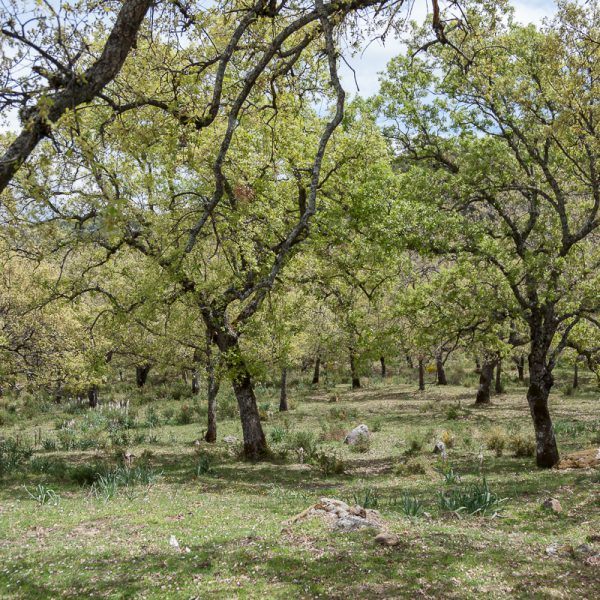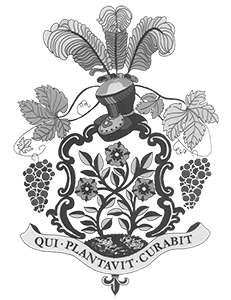
A horse wanders through a Cork Oak grove near Ronda, Spain © Elise Prudhomme
Three Feathers Uncorked
To cork or not to cork?
Some people might wonder why we have chosen to cap our wine with screw caps instead of cork. Most obviously, it is cheaper.
Real cork, which comes from the bark of the Cork Oak tree (Quercus suber), is grown in The Mediterranean. Although the tree does not die when the bark is harvested it is very slow to regenerate and therefore the price is high. Once harvested, the bark takes 12 years or more to regrow. With the growth in demand as wine sales increase worldwide, in the long run, natural cork is not sustainable. Plastic cork is not very biodegradable either.
The second issue with cork is that there is always a certain amount of oxygen that seeps into the wine through the cork. This creates the possibility of spoilage – or the wine becoming “corked”. The loss to the winemaker of spoiled wine is a big consideration when choosing how to seal the bottles.
Finally, although there is perhaps more romance when opening a bottle that has a cork, sommeliers, restaurant waitstaff, and those who are “cork challenged” appreciate the ease of the screw cap.
Picnickers carrying a bottle of our Three Feathers Pinot Noir will not have to panic mid-hike; “Did we remember to bring the cork screw?!”

Cork Oak tree grove planted near Ronda, Spain © Elise Prudhomme
